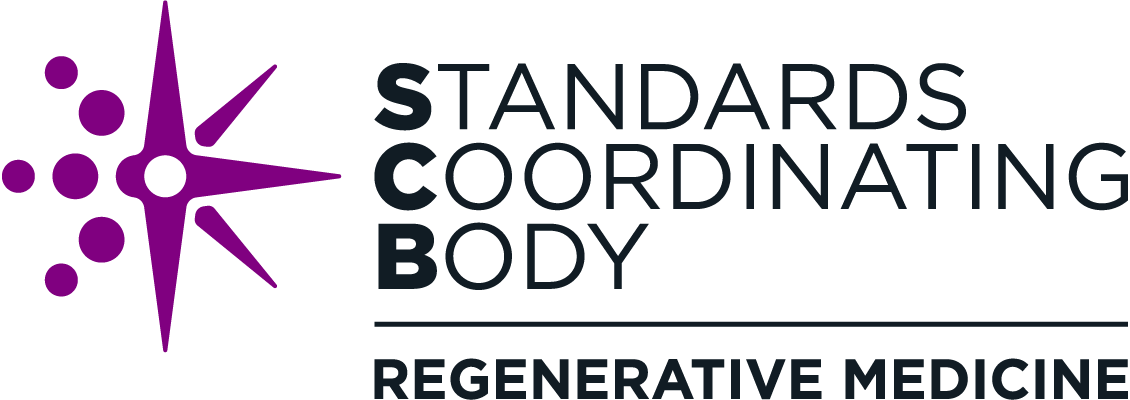Implementation of the ISO Cell Counting Standards
The Standards Coordinating Body (SCB), in collaboration with the International Society for Cell & Gene Therapy (ISCT), launched the "Implementation of the ISO Cell Counting Standards", an on-demand course that teaches participants how to implement the ISO Cell Counting standards to enhance the quality and comparability of their cell counting processes.
The course was developed with input from Subject Matter Experts (SMEs), including NIST, FDA, and device manufacturers, who contributed to the creation of ISO 20391-1:2018 (Part 1) and ISO 20391-2:2019 (Part 2) Standards.
This course would be beneficial for individuals in manufacturing or research roles involving cell counting, including:
Individuals in product quality, regulatory, or other related roles aiming to improve their cell counting process
Manufacturers seeking to increase reproducibility between operators and sites
Academics developing therapies intended for future commercialization who want to adopt best practices for data collection to support smooth tech transfer process
Individuals looking to enhance their knowledge and marketable skills for career advancement within the regenerative medicine and advanced therapies fields
To gain the knowledge and tools necessary for designing precise and reproducible cell counting processes, we encourage you to learn more about our on-demand course and register here.
November 6-7, 2025 - Hands-On SCB ISO Cell Counting Implementation Course
On November 6-7, 2025, SCB, in collaboration with experts from NIST, is offering a Hands-On ISO Cell Counting Implementation course at Montgomery College Germantown Campus in Maryland, 20 miles north of Washington, DC. This in-person course is designed to supplement the on-demand course, "Implementation of the ISO Cell Counting Standards", and will consist of two full days of immersive learning..
Day 1 - ISO 20391-1:2018, Biotechnology — Cell counting — Part 1: General guidance on cell counting methods
Learners will apply concepts from the standard to prepare samples and collect a full data set using several types of cell counting equipment (e.g., flow cytometer, hemocytometer, automated cell counter).
Day 2 - ISO 20391-2:2019, Biotechnology — Cell counting — Part 2: Experimental design and statistical analysis to quantify counting method performance
Learners will be trained to use the ISO standard-based, NIST-designed COMET analytical tool and evaluate the data gathered on Day 1 to:
Perform statistical analysis described in the ISO standard, including comparison and evaluation of methods, cell counts, and viability
Provide the information needed to meet regulatory reporting requirements
Compile experiment metadata
There is no charge for federal employees, and the hands-on course and electronic copies of both part 1 and 2 of the ISO Cell Counting Standard are included free of charge if you register now for or have already completed the self-paced online course. The cost to attend without completing the self-paced ISO Cell Counting Course is $600, which includes consumables and the ISO Cell Counting Standards. Register for the Hands-On SCB ISO Cell Counting Implementation Course here.
FDA Recognition of the ISO Cell Counting Standards
The two-part ISO Cell Counting Standard, part 1, ISO 20391-1:2018, General guidance on cell counting methods and part 2, ISO 20391-2:2019, Experimental design and statistical analysis to quantify counting method performance have been recognized by the FDA’s Center for Biologics Evaluation and Research (CBER), as part of their Voluntary Consensus Standards (VCS) recognition program. CBER encourages the use of appropriate standards in the development of CBER-regulated products. VCS, such as the ISO Cell Counting Standard, help stakeholders meet regulatory requirements more efficiently and increase regulatory predictability for Regenerative Medicine Therapy (RMT) products.

